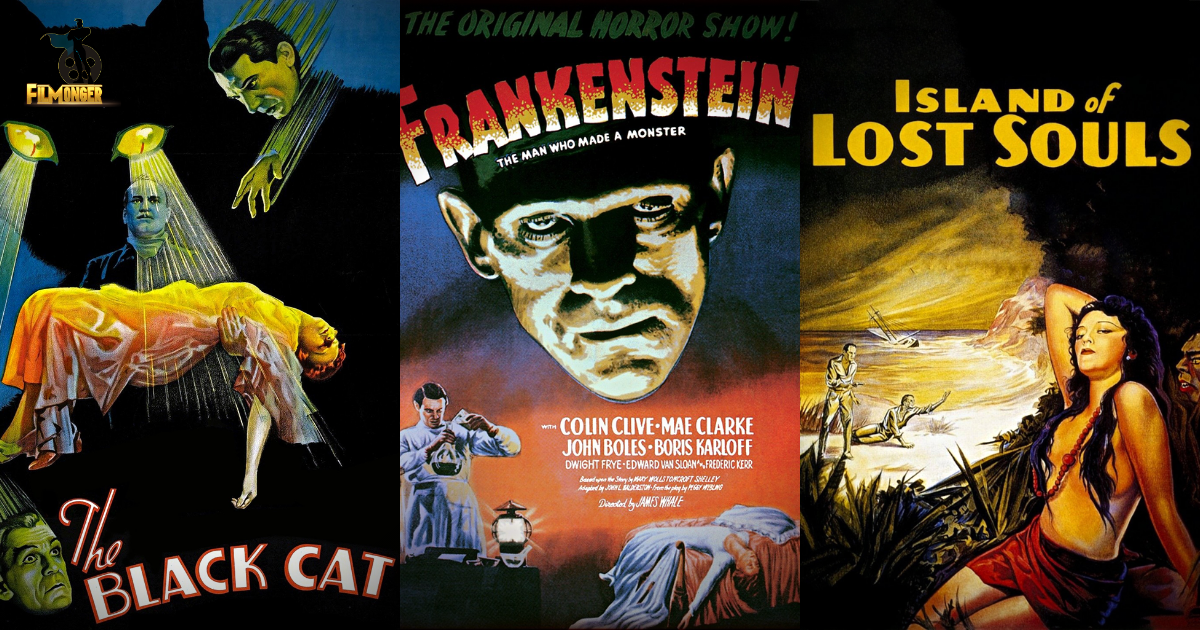From Vampyr to Frankenstein, a thrilling journey through iconic classic horror films that defined an era of cinematic chills.
The 1930s marked a true Golden Age for the horror genre in cinema, giving rise to some of the most iconic and enduring films in the genre’s history. While the silent era had its share of notable horror films, it was the 1930s that truly brought horror to life with sound and innovation. Most notably, Universal Pictures crafted a series of classic monster movies that introduced legendary villains like Frankenstein’s Monster, Count Dracula, and the Invisible Man to pop culture consciousness.
While Universal’s monsters took center stage, other Hollywood studios ventured into horror territory with remarkable results. The 1930s witnessed the creation of influential horror films that left their mark. Internationally, filmmakers like Carl Theodor Dreyer introduced their unique visions to the genre, further enriching the horror landscape.
To this day, the horror films of the 1930s remain some of the genre’s most famous and enduring works. These classics set the stage for generations of filmmakers and continue to captivate audiences with their timeless tales of terror.
10. The Black Cat (1934)
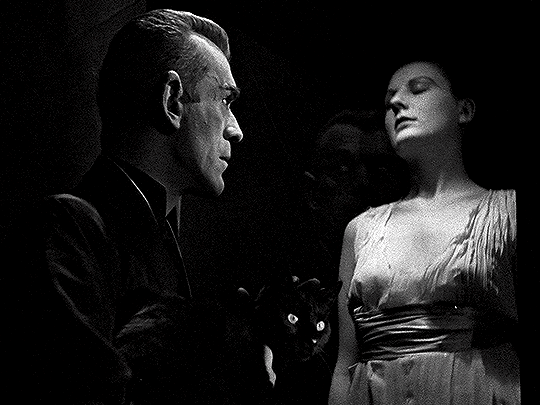
The Black Cat directed by Edgar G. Ulmer in 1934 is a dark and twisted masterpiece that left an indelible mark on horror cinema. The film’s plot revolves around a newlywed couple and a Hungarian psychiatrist who find themselves trapped in the sinister home of Austrian architect Hjalmar Poelzig, played brilliantly by Boris Karloff.
What sets The Black Cat apart is its audacious content, which includes cults, necrophilia, and human sacrifice, pushing the boundaries of what was acceptable in cinema during its time. These shocking elements were among the reasons why Hollywood began strictly enforcing the Production Code shortly after the film’s release. Notably, this movie marked the first of eight collaborations between iconic horror actors Boris Karloff and Bela Lugosi, making it a must-see for fans of classic horror.
9. Dr. Jekyll and Mr. Hyde (1931)
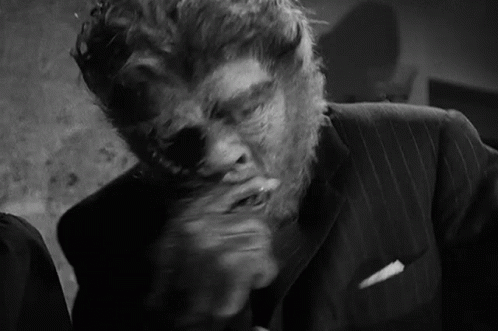
Dr. Jekyll and Mr. Hyde, directed by Rouben Mamoulian in 1931, stands as a landmark adaptation of Robert Louis Stevenson’s novella, Strange Case of Dr. Jekyll and Mr. Hyde. This film is celebrated for being the first sound version of the story and features a mesmerizing performance by Fredric March, who rightfully earned an Oscar for his portrayal of the dual role. One of the film’s undeniable highlights is the transformation sequences, where Dr. Jekyll undergoes a terrifying metamorphosis into Mr. Hyde, showcasing the power of visual storytelling during this era of cinema.
The American Film Institute recognized Dr. Jekyll and Mr. Hyde by nominating it for its lists of the greatest villains and greatest thrills in cinema history. This classic exploration of the duality of human nature remains a captivating and thought-provoking piece of 1930s horror that continues to influence the genre to this day.
8. The Invisible Man (1933)
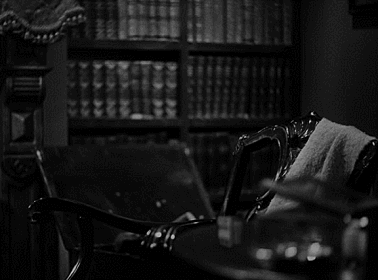
The Invisible Man, directed by James Whale in 1933, is a science fiction horror film based on H.G. Wells’ novel of the same name. The story revolves around Dr. Jack Griffin, a scientist who accidentally discovers an invisibility drug. What sets this film apart is its examination of the psychological toll of invisibility on the protagonist, portrayed brilliantly by Claude Rains. The film not only explores the physical transformation but also delves into the deteriorating mental state of Griffin, making it a pioneering work in character-driven horror.
The Invisible Man also showcased groundbreaking special effects by John P. Fulton, pushing the boundaries of what was possible in filmmaking during its time. Critic Kim Newman hailed The Invisible Man as American cinema’s first truly great science fiction film, and in 2008, it was included in the National Film Registry by the Library of Congress for its cultural significance.
7. Island of Lost Souls (1932)
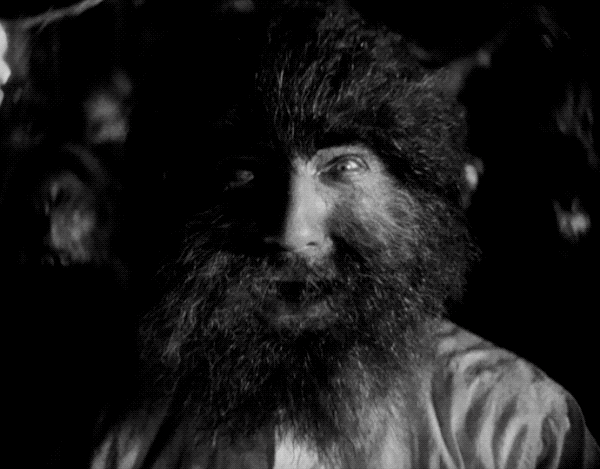
Island of Lost Souls, released in 1932, is another adaptation of an H.G. Wells novel and is regarded as one of the most controversial horror films of the 1930s. The film centers on Dr. Moreau, a mad scientist who conducts gruesome experiments in an attempt to create human beings from animals. Upon its release, Island of Lost Souls sparked immense controversy due to its disturbing imagery and themes about man imitating God. As a result, several countries either banned the film outright or heavily censored it.
For decades, audiences only saw incomplete versions of the film until The Criterion Collection released an official restoration in 2011. In retrospect, the film is celebrated for its brooding atmosphere and foreboding expressionist cinematography by Karl Struss, solidifying its place as a provocative and enduring piece of horror cinema.
6. Dracula (1931)
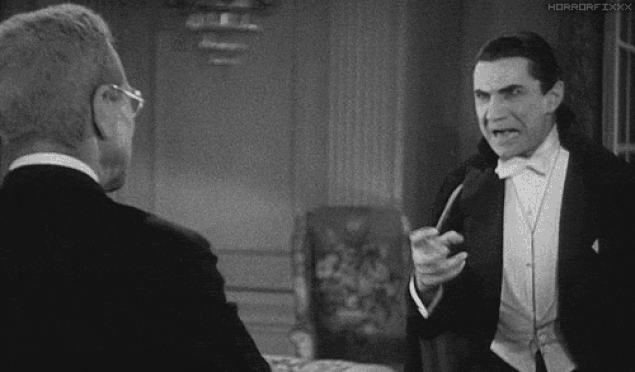
Dracula, released in 1931, is the film that started it all for Universal Pictures’ line of classic monster movies. Starring Bela Lugosi in the first sound adaptation of Bram Stoker’s novel, the film follows the eponymous Count Dracula as he arrives in London to prey on young socialite women. Directed by prominent silent and pre-Code filmmaker Tod Browning, Dracula set the standard for the Universal Monster movie formula. It featured towering performances, fear-inducing gothic production design, and expressionist cinematography.
The American Film Institute recognized Dracula by placing it 85th on its list of greatest thrills, and Bela Lugosi’s portrayal of Count Dracula remains one of the most iconic and enduring in cinematic history. With Dracula, Universal Pictures established its legacy in the horror genre, paving the way for a slew of memorable monster films to follow.
5. King Kong (1933)
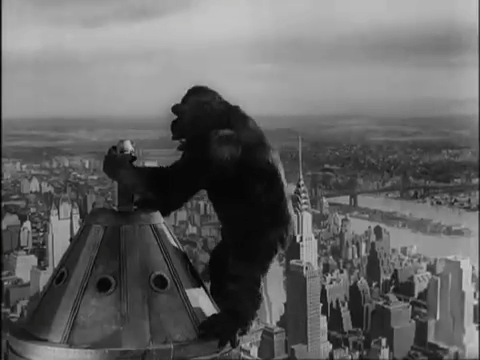
King Kong, released in 1933, is a cinematic marvel that seamlessly blends adventure, fantasy, and horror. The film follows a film crew that discovers a giant prehistoric ape on Skull Island and brings him to New York City, where chaos ensues. King Kong is celebrated for its groundbreaking special effects crafted by Willis H. O’Brien. These effects combined stop-motion animation, matte paintings, rear projection, and miniatures to achieve a visually stunning and unprecedented aesthetic.
The movie’s impact on cinematic history is undeniable, as it has earned a permanent place on countless lists published by The American Film Institute, including those celebrating the best movies, scores, thrills, passions, and fantasy films. King Kong remains a timeless classic that continues to inspire filmmakers and capture the imaginations of audiences worldwide.
4. Frankenstein (1931)
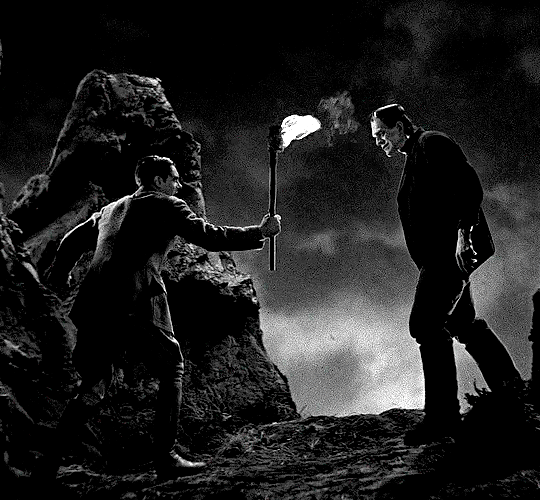
Frankenstein, released in 1931, is a cornerstone of horror cinema and a testament to the enduring power of Mary Shelley’s novel. Following the box office success of Dracula, Universal Pictures swiftly developed Frankenstein as its follow-up horror film. The movie boasts cutting-edge makeup from Jack Pierce and a haunting performance by Boris Karloff as Frankenstein’s Monster. One of the film’s most chilling moments occurs when the Monster accidentally drowns a little girl in a lake, a scene that was lost for decades but rediscovered by the British National Film Archive in the 1980s and subsequently restored.
Frankenstein represents the birth of modern cinematic horror and established Universal Pictures as a dominant force in the genre. Its impact on popular culture and its ability to evoke fear and sympathy for its tragic monster continue to resonate with audiences today.
3. The Bride of Frankenstein (1935)
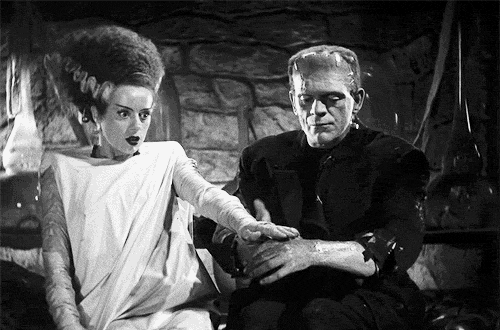
The Bride of Frankenstein, released in 1935, is a rare sequel that surpasses its predecessor in terms of quality and impact. Picking up immediately after the events of Frankenstein, the film explores Dr. Frankenstein’s forced creation of a mate for the Monster. What sets The Bride of Frankenstein apart is its deft incorporation of humor within the narrative, skillfully balancing horror, pathos, and camp.
Directed by James Whale, the film is widely considered his masterpiece, with film scholars pointing to its use of Christian imagery and queer subtext as prime examples of its artistic depth. Numerous publications, including Time, Empire, and the Boston Herald, have included The Bride of Frankenstein on their lists of all-time best movies, cementing its status as a classic that transcends the horror genre.
2. Freaks (1932)
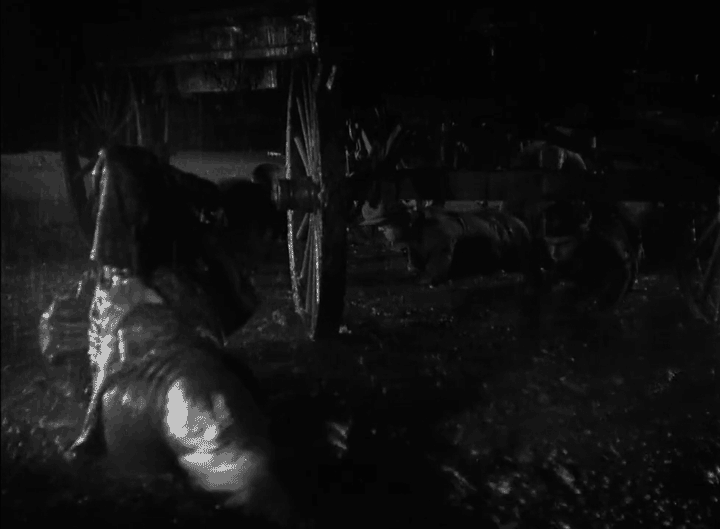
Tod Browning’s Freaks, released in 1932, is a pre-Code horror film that has undergone decades of misunderstanding and reevaluation. The narrative revolves around a group of circus performers who discover that a beautiful trapeze artist intends to marry and murder a fellow performer to claim his inheritance. What sets Freaks apart is its daring casting of real-life sideshow performers, lending authenticity to the film’s depiction of circus life. However, this choice also led to the film being perceived as too grotesque, resulting in studio executives cutting nearly 30 minutes of footage without Browning’s consent.
Some countries, including the United Kingdom, banned Freaks entirely. However, starting in the 1960s, the film received a reevaluation that emphasized its compassionate representation of the circus performers and its powerful message about the value of human dignity. Freaks stands as a testament to the resilience of the human spirit and the enduring power of empathy in storytelling.
1. Vampyr (1932)
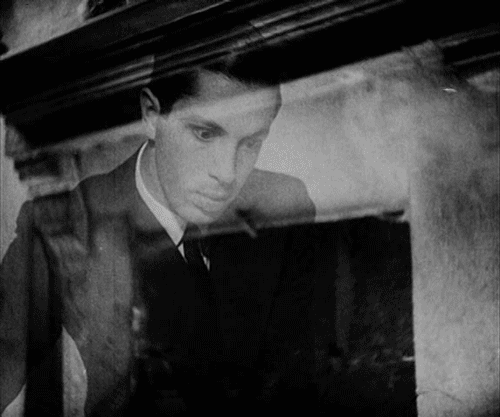
Vampyr, directed by Carl Theodor Dreyer in 1932, stands as the crowning achievement of 1930s horror cinema. This atmospheric masterpiece follows a drifter who becomes obsessed with the supernatural and stumbles upon an inn where a young girl begins to slowly transform into a vampire. The film is known for its astonishing tracking shots and some of the most haunting expressionist imagery ever to grace the silver screen. Stylistically, Vampyr differs from most 1930s horror movies, with critic Kim Newman suggesting it belongs to a category similar to surrealist films like Un Chien Andalou rather than the typical Universal Monster movie formula.
Vampyr challenges conventions and delves into the dreamlike and eerie, creating an unsettling and otherworldly experience that lingers long after the credits roll. Dreyer’s visionary direction and Rudolph Maté’s cinematography combine to make Vampyr a work of art that continues to captivate and inspire filmmakers and cinephiles alike.
